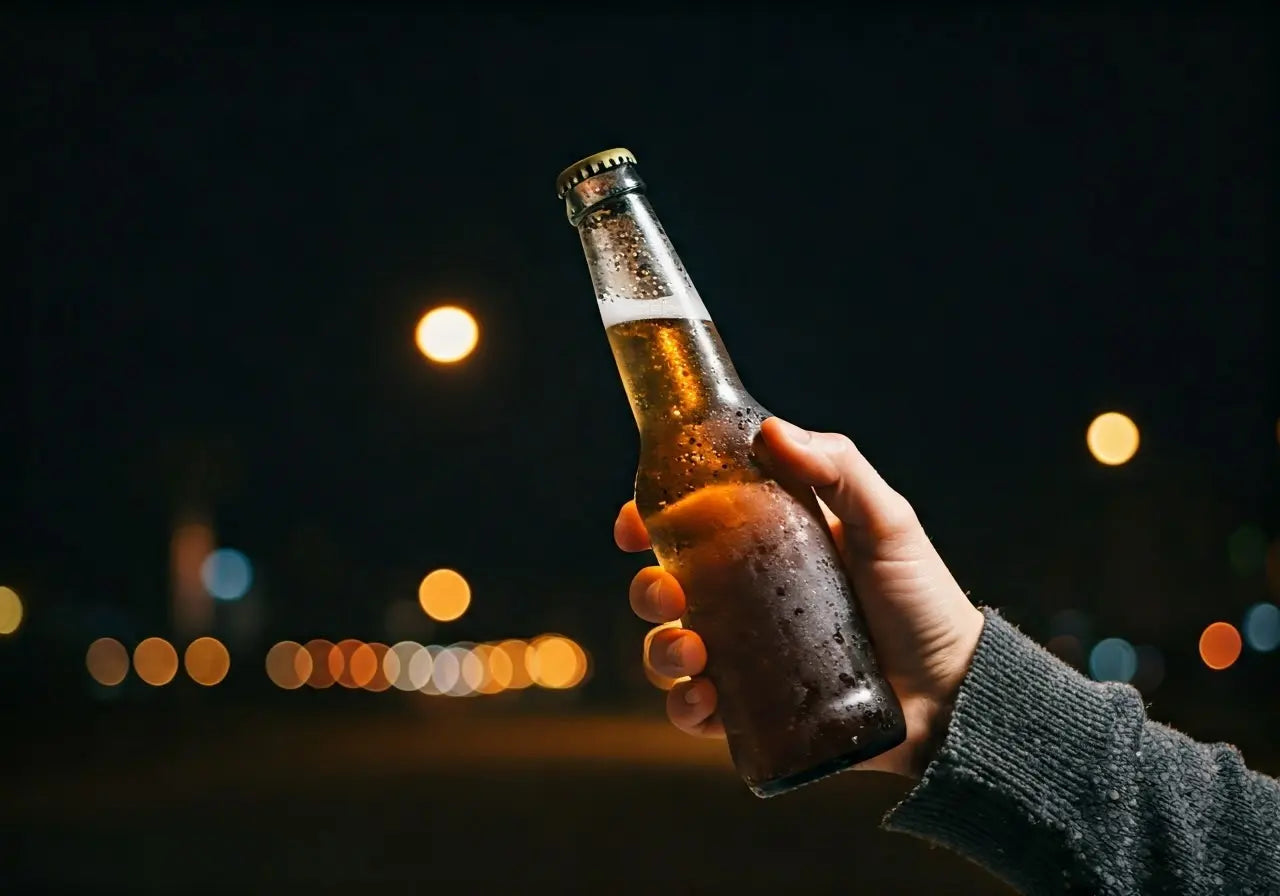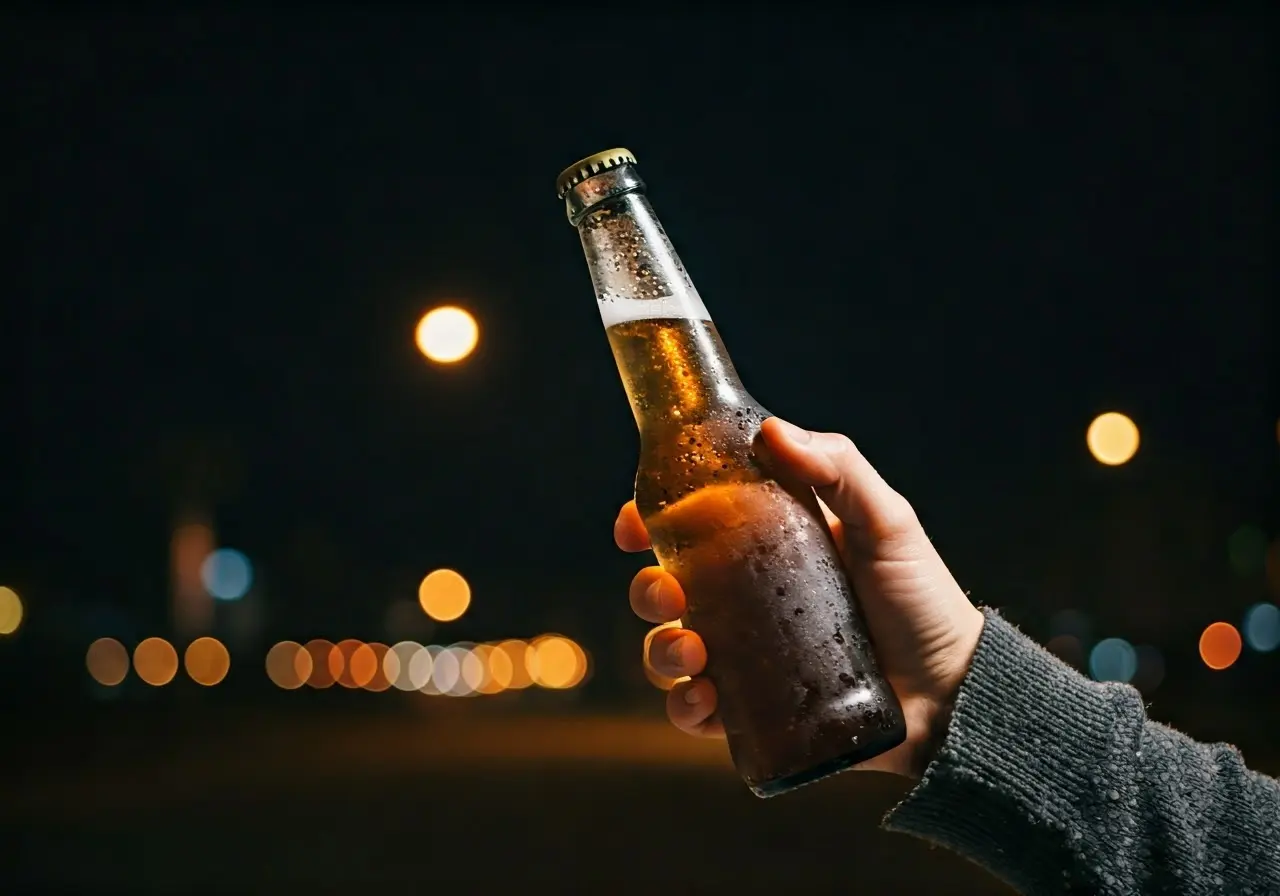
In recent years, alcohol-free beer has become a popular choice for those looking to enjoy the taste of beer without the intoxicating effects. However, with its rise in popularity, a number of myths and misconceptions have sprouted up around it. In this blog, we’ll take a closer look at some of these myths and set the record straight.
1. Alcohol-Free Beer Tastes Bad
Many people assume that alcohol-free beer tastes significantly different or worse than regular beer. However, advancements in brewing technology have allowed producers to create flavors that are remarkably similar, offering a satisfying taste without the alcohol.
In fact, today’s non-alcoholic beers often capture the essence of classic brews better than one might expect, using modern techniques to enhance natural flavors. These improvements have ensured that you’ll find a diverse range of taste profiles, from hoppy IPAs to smooth, rich stouts. Much like the myth that NA beer lacks taste, these misconceptions are steadily losing ground as more people experience the vibrant flavors of alcohol-free options.
2. Contains Zero Alcohol
While labeled as ‘alcohol-free,’ most of these beers contain a very small percentage of alcohol, usually less than 0.5%. This is similar to the amount found in some fruit juices and types of bread.
This minute alcohol presence is often overlooked because it’s virtually impossible to feel any effects from consuming such low levels. This makes alcohol-free beers a safe choice for those looking to enjoy the beverage without the associated downsides of alcohol, offering a reliable alternative for various dietary and lifestyle needs.
3. Only for Non-Drinkers
Contrary to popular belief, alcohol-free beer isn’t just for those who abstain from alcohol. It’s also great for those who enjoy beer but want to stay sober, such as designated drivers or those needing a clear head for the next day.
Many beer lovers choose to integrate alcohol-free options into their routine to balance their intake without sacrificing the socials elements they love. This broader appeal has reshaped how we view non-alcoholic brews, allowing people to enjoy the camaraderie usually associated with beer without the guilt or consequences of overindulgence. The growing trend of incorporating non-alcoholic choices has significantly expanded the market, as the myth that it’s only for non-drinkers is steadily debunked.
4. It’s a New Trend
Although the recent popularity might suggest otherwise, alcohol-free beer has actually been around for centuries. Its history dates back to times when low-alcohol beers, also known as ‘small beers,’ were consumed daily.
These beverages played a prominent role in societies where clean drinking water was scarce. Today, the reemergence of alcohol-free beer as a staple in modern diets reflects a broader shift towards health consciousness, comparable to innovations in non-alcoholic brews shaping the contemporary beverage landscape. Whether you’re a long-time beer enthusiast or newly curious, alcohol-free options offer a storied past coupled with the exciting possibility for future enjoyment.
5. It’s Just for Pregnant Women
While pregnant women often choose alcohol-free beer, it’s not exclusive to them. People with health conditions requiring sober living or those cutting calories find it a beneficial choice.
For athletes, non-alcoholic beers can be a hydrating and flavorful way to enjoy a cold beverage after a workout, without the dehydrating effects that typically follow alcohol consumption. This versatile drink appeals to a wide audience beyond those in maternity, proving its worth as a popular alternative to traditional drinks. The growing recognition of alcohol-free beer as truly universal reflects shifting societal attitudes toward drinking habits, as comparing taste and health benefits illustrates its appeal across demographics.
6. Lacks Nutritional Value
Some believe alcohol-free beers offer little nutritional benefit, but many are rich in antioxidants, vitamins, and minerals, much like their alcoholic counterparts.
Including non-alcoholic beer as part of a balanced diet can complement a health-focused lifestyle by providing additional nutrients and hydration. This evolving proof that it’s more than just a drink encourages consumers to rediscover these beverages with fresh perspectives, highlighting their nutritional potential alongside pleasant flavors.
7. Only Comes in Lager Style
There’s a common misconception that alcohol-free beer is only available in light lager styles. In reality, there is a wide variety of options, including stouts, IPAs, and more.
Thanks to booming creativity within the brewing community, the selection of non-alcoholic beers now mirrors the diverse styles of their alcoholic counterparts. Whether you fancy a hop-forward IPA or a creamy stout, there’s an alcohol-free version for every preference. As the demand grows, more exciting options continue to emerge, ensuring that beer lovers seeking diversity won’t be deprived of choice. This trend of variety busts the long-held myth that non-alcoholic beers are restricted to single-style production.
8. Not Suitable for Social Occasions
Alcohol-free beer is just as suitable for social gatherings as its alcoholic counterpart, allowing everyone to participate in toasting, cheers, and other social rituals without intoxication.
It’s easy to get caught up in the notion that the worth of a social drink lies solely in its alcoholic content. However, the non-alcoholic option offers its own perks, such as inclusivity and responsibility. With the same color, aroma, and taste profiles, alcohol-free beers provide the comfort of tradition and opportunity for new connections at any gathering, regardless of setting or occasion. It’s time to embrace these alternatives, proving that enjoying beer is about connection and experience rather than the presence of alcohol.
9. Too Expensive Compared to Regular Beer
Though some alcohol-free beers may carry a higher price tag due to the brewing process, many brands are comparably priced to regular beers, and often there’s a cost-saving benefit when considering long-term health.
With health-focused choices, the monetary difference can seem less significant when contrasted with the benefits of reduced health risks and enhanced well-being. This myth is debunked further as volume increases and competition within the non-alcoholic beer space foster affordability, ensuring that accessibility grows alongside innovation. As consumers discover new value in these beverages, they embrace a wider range of reasons for their choices, making financial considerations] just one of many factors now in play.
10. No Real Beer Drinkers Choose It
Real beer enthusiasts who want to moderate their alcohol intake or enjoy the taste with fewer effects often opt for alcohol-free versions. It’s not about replacing regular beer, but providing more choices.
Many hobbyist brewers and aficionados are drawn to refined non-alcoholic options for the taste journey, not just the tipple. Embracing this perspective means recognizing that the quest for flavor is shared among many, regardless of alcohol content. By offering a broader selection, beer makers invite drinkers to appreciate nuance and detail beyond mere intoxication, illustrating that real beer enjoyment can exceptionally thrive in the non-alcoholic sphere.
11. Won’t Be Filling or Satisfying
Some people worry alcohol-free beer won’t offer the same satisfaction as traditional beer. With various flavors and styles available, many find them just as fulfilling.
By carefully crafting beers that offer complexity, body, and character, alcohol-free options have proven themselves to match their alcoholic peers in satisfying cravings and enhancing dining experiences. Whether enjoyed alone or as a food pairing, these beverages provide all the elements necessary for a complete experience. Such was the case as the myth that non-alcoholic beers lack substance is steadily replaced by evidence of their delicious allure and balanced potential.
12. It’s Just a Fad
Alcohol-free beer might seem like a short-lived trend, but its growth reveals a lasting demand, driven by health-conscious consumers seeking enjoyable alternatives.
As the beverage industry continues to evolve, alcohol-free beer solidifies its position as a staple in wellness-concerned consumption patterns. It offers a genuine response to current desires for a life where fun and fitness coexist harmoniously, as demonstrated by the consistent rise in annual sales and burgeoning consumer interest. The perspective that this is merely a passing craze overlooks the sustained modifications to lifestyle choices and the rejuvenated appreciation for freedom in drinking habits that these products afford.

